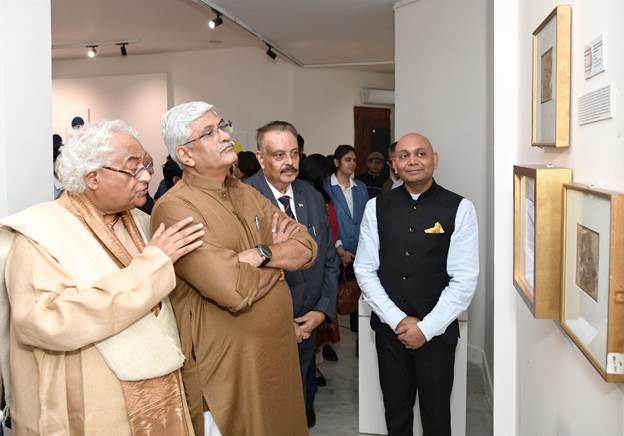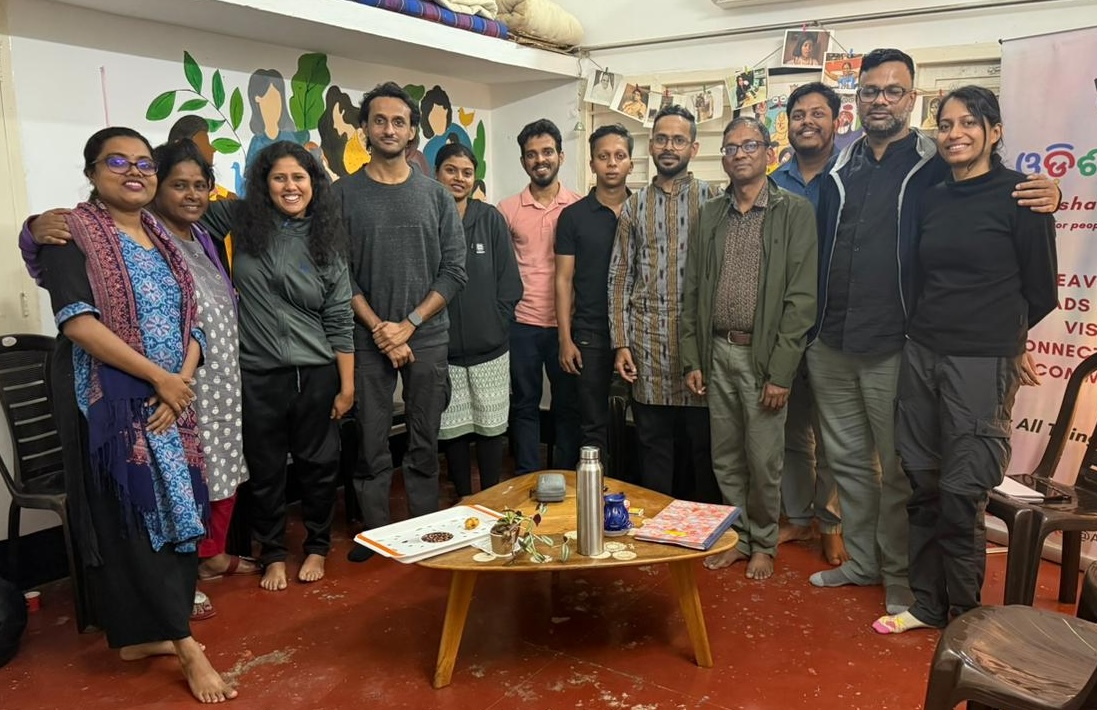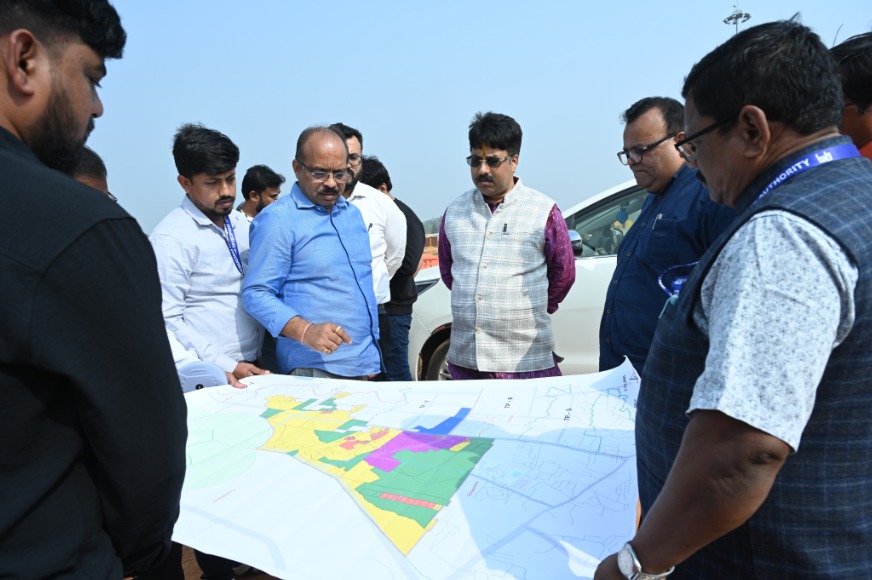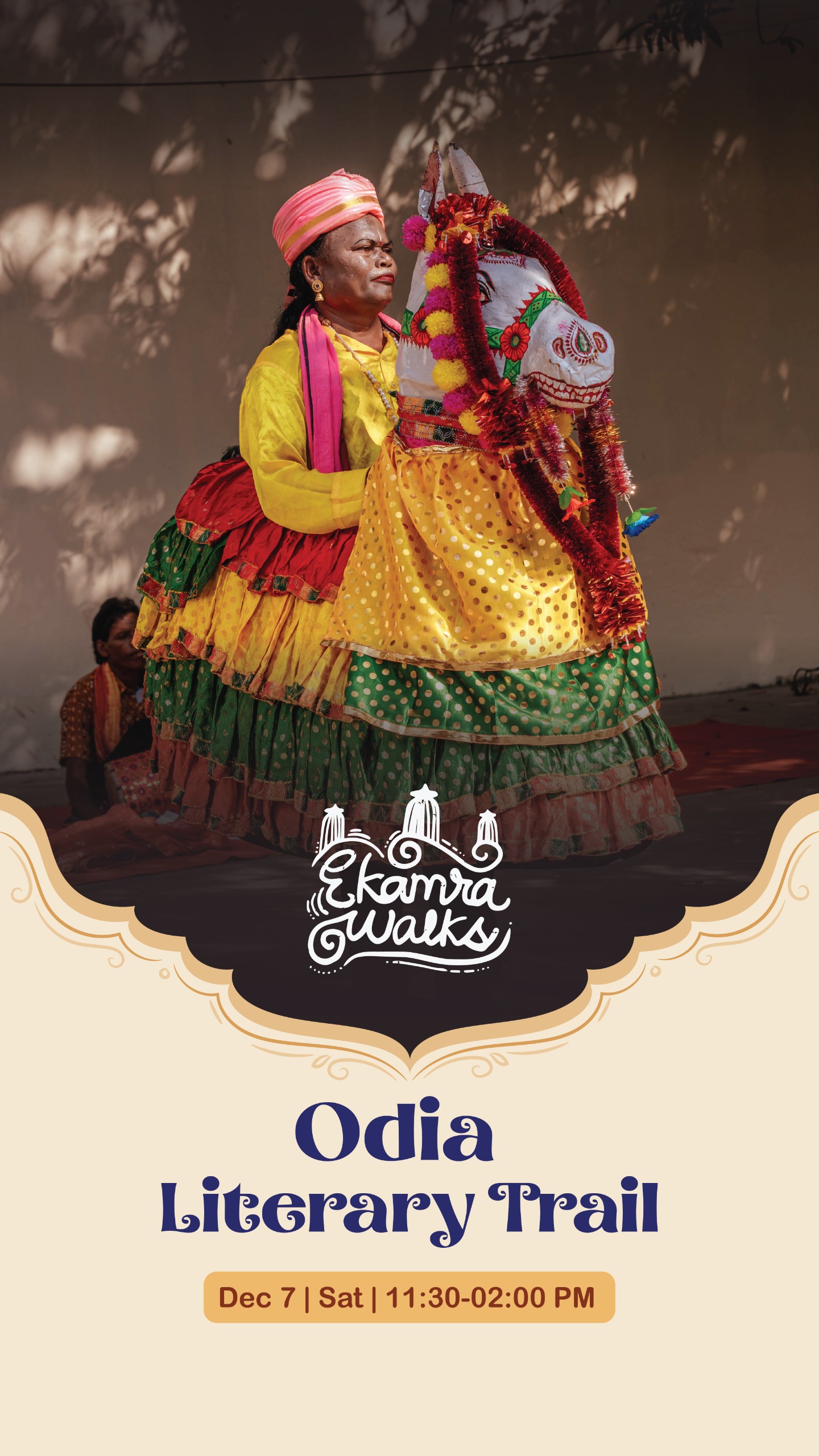New Delhi: Union Minister of Culture and Tourism, Gajendra Singh Shekhawat, inaugurated a special exhibition titled ‘Shunyata: Emptiness’ at the National Museum, New Delhi, today. The event witnessed the presence of dignitaries, diplomats, experts, researchers, artists, and museum professionals, with Dr. B.R. Mani, Director General of the National Museum, in attendance.
Speaking at the inauguration, the Minister highlighted the philosophical depth of the Buddhist concept of Shunyata, often misconstrued as voidness. He explained its significance as a unifying principle of existence, emphasizing that its teachings are vital in addressing contemporary global geopolitical challenges through the principles of Dhamma as taught by Lord Buddha. Dr. B.R. Mani underscored how emptiness in both philosophy and art is a way to appreciate formlessness, as exemplified by the Holy Relics of Buddha featured in the exhibition.
Curated by Abhay K, a poet, artist, and diplomat, in collaboration with the National Museum’s curatorial team led by Dr. Mani, the exhibition brings the profound concept of Shunyata to life through early Indian and contemporary art. Drawing inspiration from the foundational Buddhist text, the Prajnaparamita Sutra, the exhibition explores the theme articulated in the Heart Sutra: “Emptiness is form; form is emptiness.”
The centrepiece of the display is the Holy Relics of Lord Buddha, complemented by a vibrant collection of Abhay K’s paintings and rare masterpieces from the National Museum’s collection. The exhibition illustrates the idea that clinging to a fixed sense of self or permanence leads to suffering, while understanding emptiness is key to liberation and enlightenment.
The artefacts showcased include:
- Buddhapada from Nagarjunakonda (2nd century CE): A stone carving from the Satavahana dynasty.
- Sculptures from the Pala Period (8th–12th centuries CE): Depicting the eight great events in Buddha’s life, transcendental Buddhas, and Bodhisattvas.
- Illuminated Palm-Leaf Manuscripts and Wooden Covers: Featuring the Astasahasrika Prajnaparamita Sutra.
- Inscribed Brick from Nalanda (516–517 CE): Containing the text of the Nidhana Sutra, illustrating Buddhist teachings in art.
- Central Asian Manuscripts and Mural Fragments: Highlighting the spread of Indian Buddhist philosophy across Asia.
The exhibition also features ritual implements, votive seals, and bronze icons, offering a rich cultural and historical narrative.
Dr. Abira Bhattacharya, Assistant Curator (Anthropology) at the National Museum, co-curated the exhibition, blending ancient artefacts with contemporary interpretations. Abhay K’s paintings delve into the transient nature of existence, presenting emptiness as a pathway to break free from suffering and the cycle of samsara.
Shunyata: Emptiness is open to the public until December 8, 2024, during museum hours.





